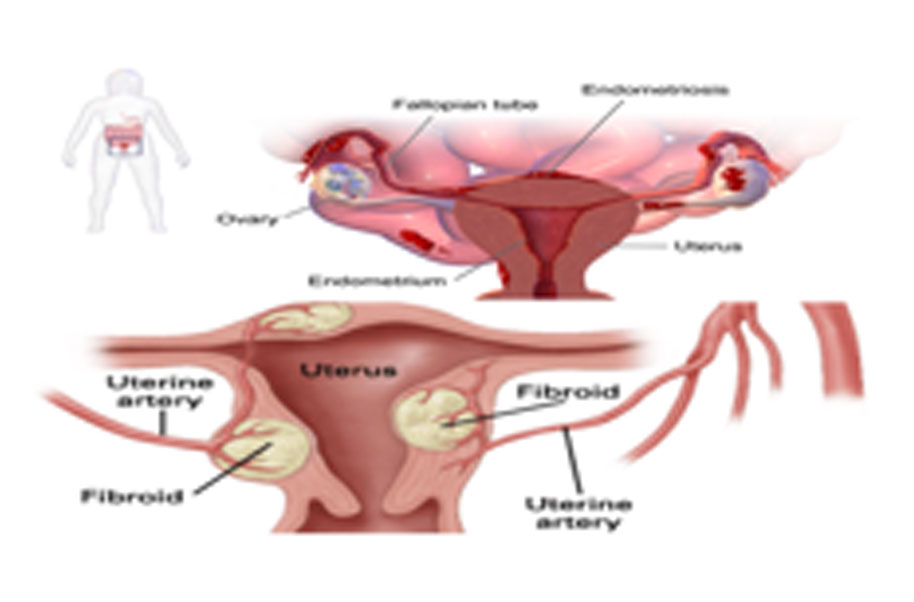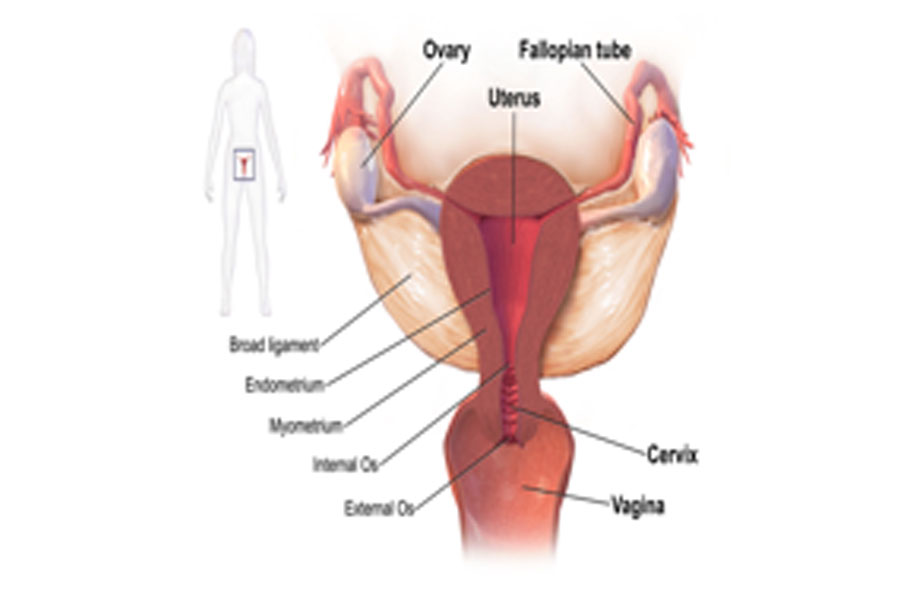Diseases
Dysmenorrhea
Dysmenorrhea is the occurrance of painful cramps during menstruation.
More than half of all girls and women suffer from dysmenorrhea (cramps), a dull or throbbing pain that usually centers inthe lower mid-abdomen, radiating toward the lower back or thighs. Menstruating women of any age can experiencecramps.
While the pain may be only mild for some women, others experience severe discomfort that can significantly interfere witheveryday activities for several days each month.
SYMPTOMS
Symptoms include a dull, throbbing cramping in the lower abdomen that may radiate to the lower back and thighs. Inaddition, some women may experience nausea and vomiting, diarrhea, irritability, sweating, or dizziness. Cramps usuallylast for two or three days at the beginning of each menstrual period. Many women often notice their painful periodsdisappear after they have their first child, probably due to the stretching of the opening of the uterus or because the birthimproves the uterine blood supply and muscle activity.
CAUSES
Dysmenorrhea is called "primary" when there is no specific abnormality, and "secondary" when the pain is caused by anunderlying gynecological problem. It is believed that primary dysmenorrhea occurs when hormone-like substances called"prostaglandins" produced by uterine tissue trigger strong muscle contractions in the uterus during menstruation.However, the level of prostaglandins does not seem to have anything to do with how strong a woman's cramps are. Somewomen have high levels of prostaglandins and no cramps, whereas other women with low levels have severe cramps.This is why experts assume that cramps must also be related to other things (such as genetics, stress, and different bodytypes) in addition to prostaglandins. The first year or two of a girl's periods are not usually very painful. However, onceovulation begins, the blood levels of the prostaglandins rise, leading to stronger contractions.
Secondary dysmenorrhea may be caused by endometriosis, fibroid tumors, or an infection in the pelvis.
The likelihood that a woman will have cramps increases if she:
- has a family history of painful periods
- leads a stressful life
- does not get enough exercise
- uses caffeine
- has pelvic inflammatory disease




Chitradurga
Seebara, Behind Indian Oil Petrol Bunk, Basavakumara Swamy Mutt, Chitradurga - 577504
Kunigal
K Huraliborsandra, Gowdgere Post, Dhomratti Temple Road, Kunigal, Tumakuru District. - 572130
Bengaluru
36, KG Gollarapalya, Bolare (P), Kanakapura Road, Bengaluru - 560082

